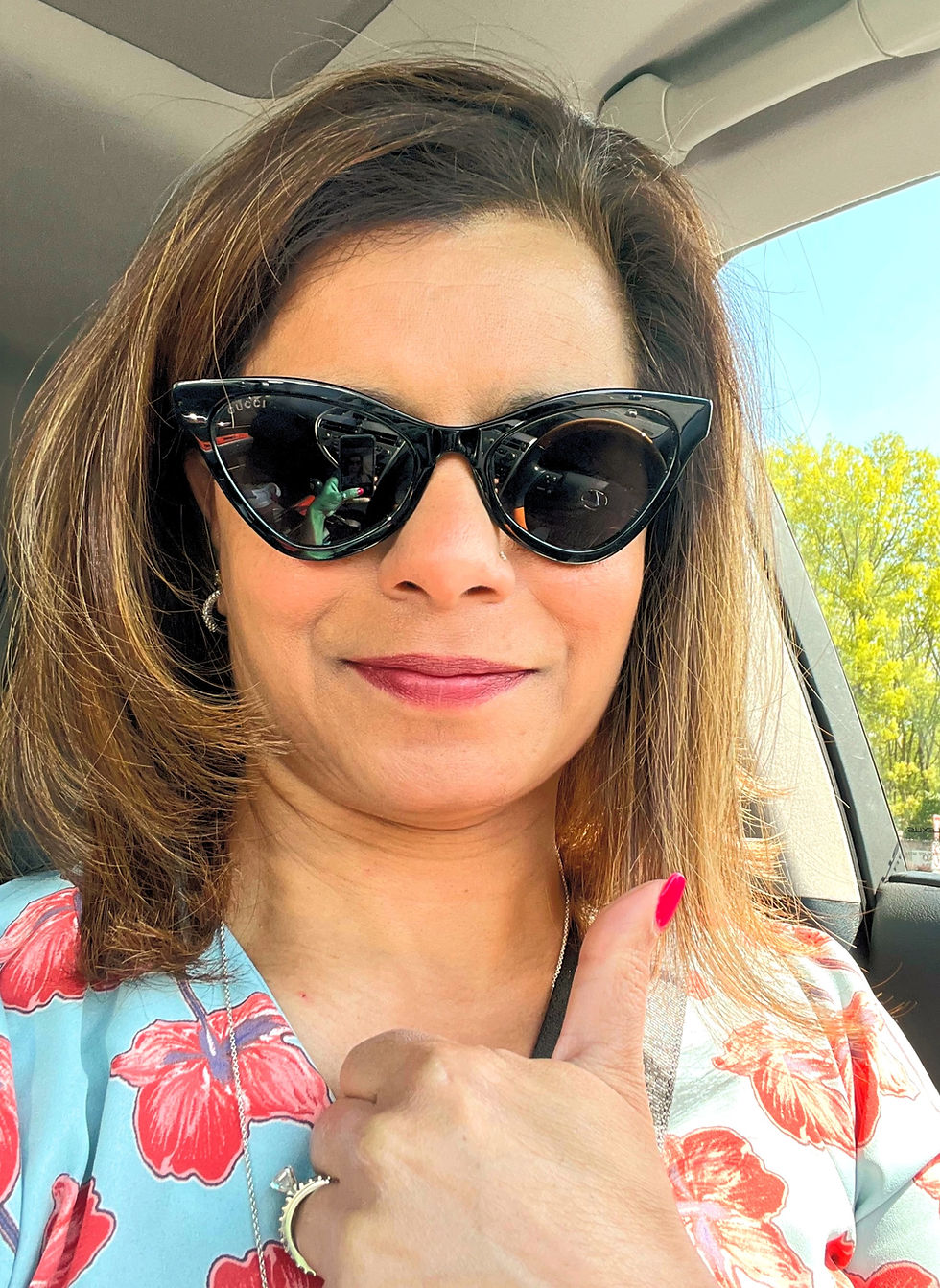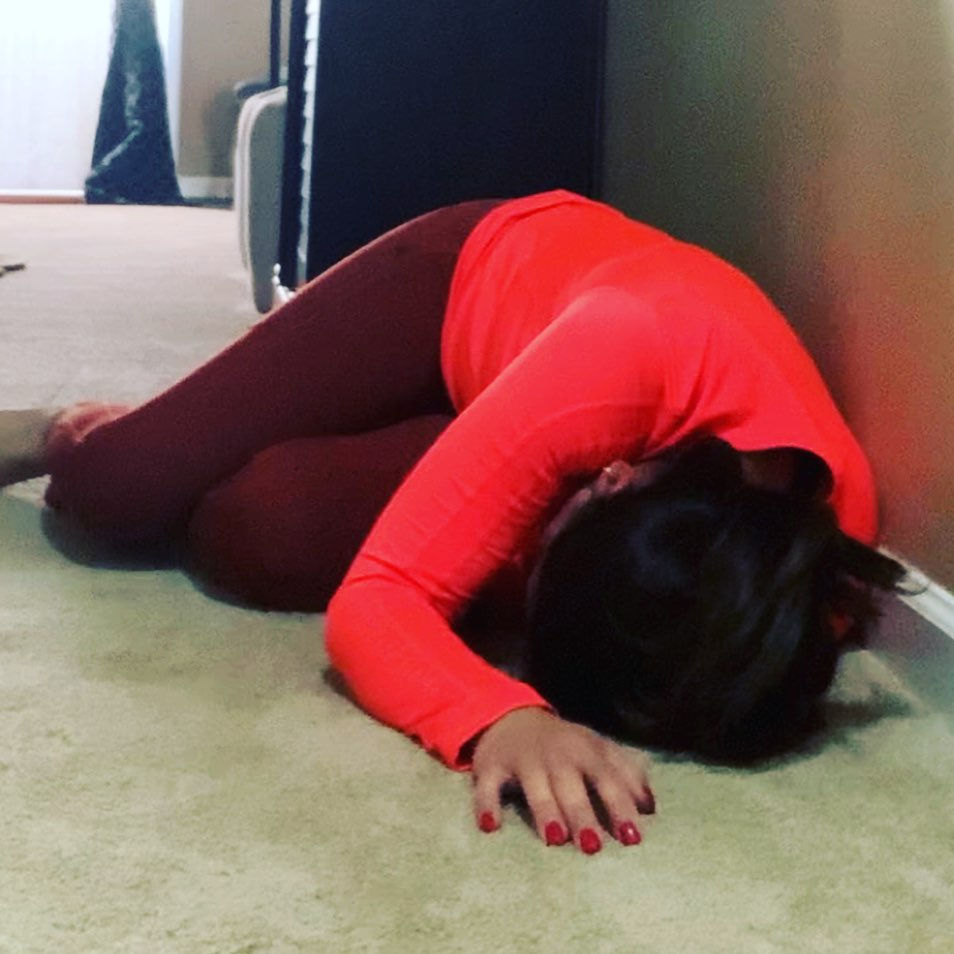Creating New and Good Habits Without making it feel like a Chore
- Madhavi Rao
- May 7, 2022
- 5 min read
Updated: Jun 27

Would you believe that there is an easy step process to create a new habit and you can make it stick as a daily life practice?
Yes, there is, and I am here to share that with you today!
Let’s start with what a Habit is. The definition in the Webster’s Dictionary – A Habit is an acquired mode of behavior that has become nearly or completely involuntary. A behavior pattern acquired by frequent repetition or physiologic exposure that shows itself in regularity or increased facility of performance.
In a 2006 Research, Duke University found that 40% of our actions we perform each day are based on habit.
The Habit loop is something we can recreate or break if we take a moment to map it out. The easier the behavior is the more likely we are to do it.
Habits can be both positive and negative and are generally triggered by prompts.
For example, turning the light switch on when you walk into a room.
There are 3 Variables to create a habit.
1)Motivation - Reward
2) Ability – Routine
3) Prompt -Trigger
💡 Want to start creating better habits today?Begin with the FREE Heart Chakra Guide → pranahealthpc.com/freeguide
First, there is Motivation-meaning there is a desire to do something. Second, there is Ability for you to do that thing. Third, there is a Prompt- which is the stimuli that triggers you to do that thing.
One habit many of us have can be checking our social media accounts first thing in the morning. The Motivation-it is enjoyable, the Ability-the phone is in our hands because we just turned the alarm off and then the Prompt-the alarm on the phone to wake us up.
For instance, in the evening after a long day at work you just automatically reach for a glass of wine or jump onto Netflix and binge watch to find a form of relaxation. However, you know that you should go out for that evening run or walk, meditate, or read that great novel you have been wanting to. Next time you find yourself doing the thing that just is easier, perhaps recognizing that and changing the pattern by trying something different and then after that action and make note of how that made you feel. The best way to create long term changes and habits is to start small.
The consequences of bad habits are more obvious than the habits themselves.
Weight gain is a consequence from eating mindlessly at your desk or while watching TV.
To create good habits is by making small changes and creating prompts to connect to those habits. Below are a few ideas to try to hack your bad diet habits.
· Put fruit on the table instead of candy.
· Use a salad plate at mealtime instead of a dinner plate. Larger plates encourage us to fill it up thus causes us to eat more.
· Maybe try eating with your non-dominant hand to slow you’re eating process down
and to become more mindful of what you are eating. It will also give you time to feel the full signal the brain sends to your stomach before you give yourself the chance to overeat.
Let’s say you would like to add a walking program before you start your day or for your midday break.
Perhaps just going and putting your shoes on and stand by the door the first day. The next day put on the shoes and just step outside onto the porch. Then then next day take a few steps away from the porch. What eventually will happen is that you will feel well I have gotten this far I might as well just take a walk for maybe 5 minutes and then you will notice that you will perhaps want to just keep going.
Perhaps you would like to improve Dental Hygiene and start flossing your teeth more regularly.
You know you dread it but must do it. Start small by just flossing one tooth each day. When you just start doing this you will eventually just go ahead and maybe floss the second tooth and then perhaps just floss them all since you are already doing it.
Different prompts exist in life for different actions. Among these are Environmental, Personal, and Actionable prompts.
An Environmental Prompt can be the snooze button on the phone alarm which is frequently bigger than the “alarm off” button, thus making it easier to doze on rather than to get up and go. Another Environmental Prompt could be the bowl of M&Ms sitting on the table or your cohorts desk each time you pass by. The yummy colorful M&Ms are there so how could you pass up grabbing a handful each time you walk by?
A Personal Prompt can be your bladder being full and you get the signal you need to get up to go to the restroom.
An Actionable Prompt is a behavior you already perform, which also prompts you to initiate new behaviors. This is where you can incorporate a new habit. B J Fogg the author of the Book “Tiny Habits” wanted to incorporate fitness into his day. He connected the action to do 2 pushups every time he went to the restroom. Depending on how much water he drank that day he sometimes did up to 50 push-ups in a day.
Of course, whenever you decide to connect a new action with an existing one make sure you consider the location, frequency, and theme for you to be safe and of course successful in creating the new action or habit.
The key message: Creating a new habit is not all about willpower but to start small to set yourself up for success.
Conventional wisdom says that creating positive change is all about willpower. But this is wrong. The best way to change your habits is to start small and avoid “biting off more than you can chew.” Human behavior is driven both by what we’re motivated to do and what we can do. This means we tend to prefer picking the low-hanging fruit and doing the easy stuff. And that’s the key to designing tiny habits. When you make something simple and easy to do, you’re much more likely to do it.
What Big Change would you like to see in yourself or your life in the next 90 days or even 12 months?
Here are a few tips and tricks you can do to ensure success:
· Write your goal down and put it where you may see it as a daily reminder.
· Make a list of small changes you can make to build yourself up to reach this goal.
· Choose one small change and practice that daily until you do it without even thinking about it.
· Move to then next small change and continue this process until you get to your end goal.
You don’t need a total overhaul—you need a shift in rhythm.Book a free discovery call and let’s create a routine that supports your life.
Hi! I am Madhavi and I am the Chief Motivating Officer at Prana Health Yoga & Wellness. I help high functioning adults lead a more joyful and stress-free life.
Creating sustainable lifestyle changes to transform lives.
If you would like more tools to help you find ways to create new and better habits that stick, then Connect with Me. I will help you find the right plan that works best for you and your lifestyle.
Join my Facebook group Living Healthy Living Well for weekly inspiration and healthy lifestyle ideas.
Subscribe and listen to my podcast Living Healthy Living Well for more tips and tricks to revive and thrive in life practice.








Comments